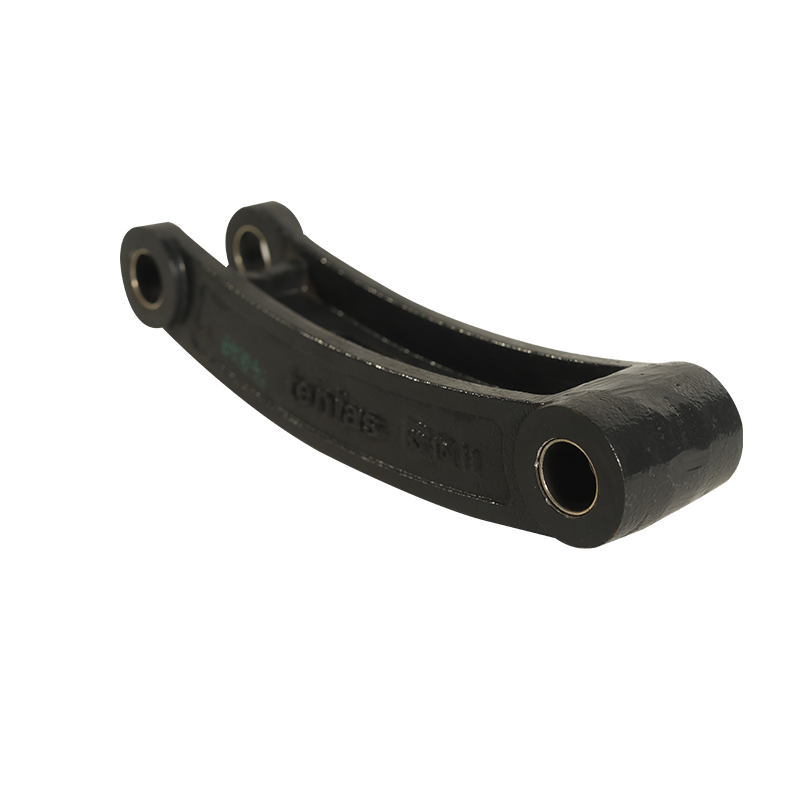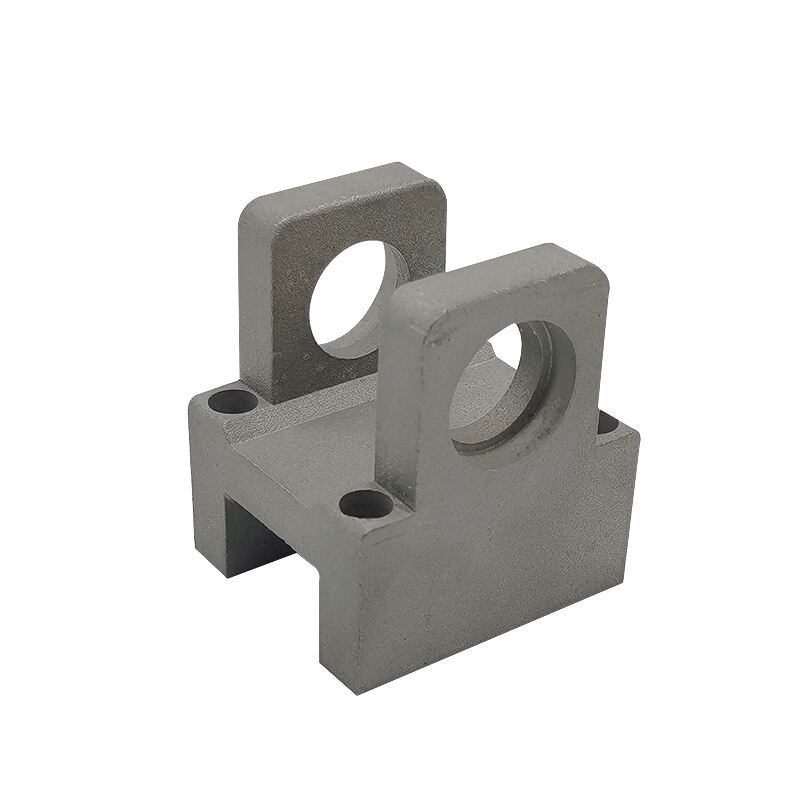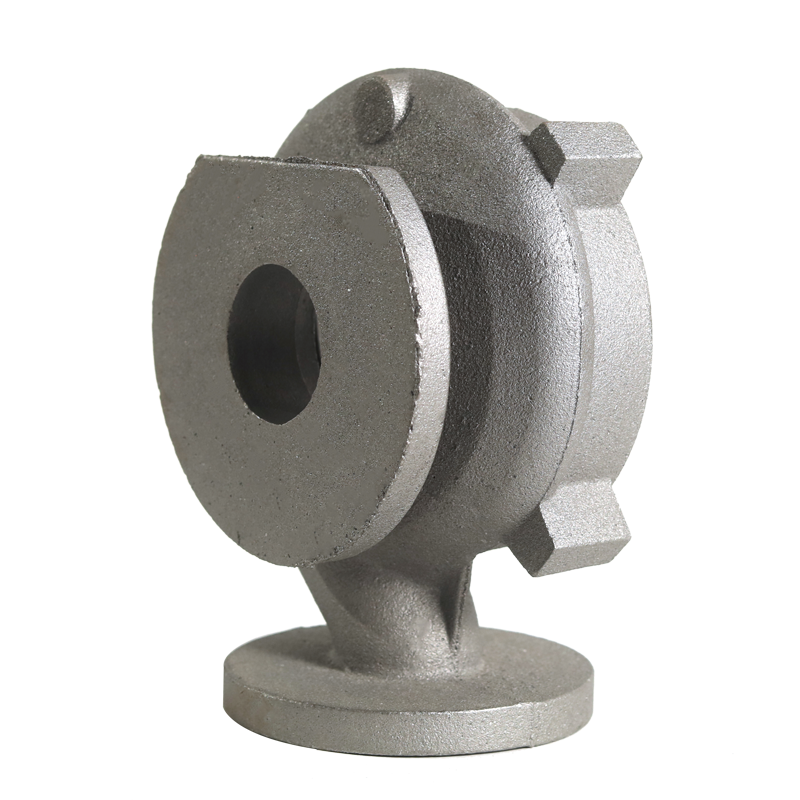cast iron casting
Cast iron casting represents a fundamental manufacturing process that has been refined over centuries to create durable, complex metal components. This versatile method involves pouring molten iron into precisely engineered molds, allowing for the production of parts ranging from simple shapes to intricate mechanical components. The process begins with heating iron and other materials to approximately 2,200°F (1,204°C), creating a liquid mixture that includes carefully controlled amounts of carbon, silicon, and other elements. The molten metal is then poured into prepared molds, which can be made from sand, ceramic, or other heat-resistant materials. As the metal cools and solidifies, it takes on the exact shape of the mold cavity, including all internal features and surface details. Modern cast iron casting incorporates advanced technologies such as computer-aided design (CAD) for mold creation, automated pouring systems, and precise temperature control mechanisms. This process is particularly valued in industries requiring components with excellent compression strength, wear resistance, and vibration dampening properties. The versatility of cast iron casting allows for the production of components ranging from massive industrial machinery parts to precise automotive components, making it an indispensable manufacturing method across numerous sectors.


